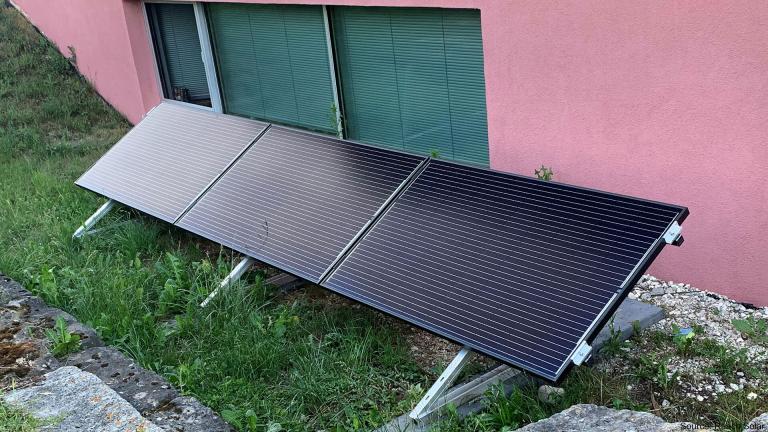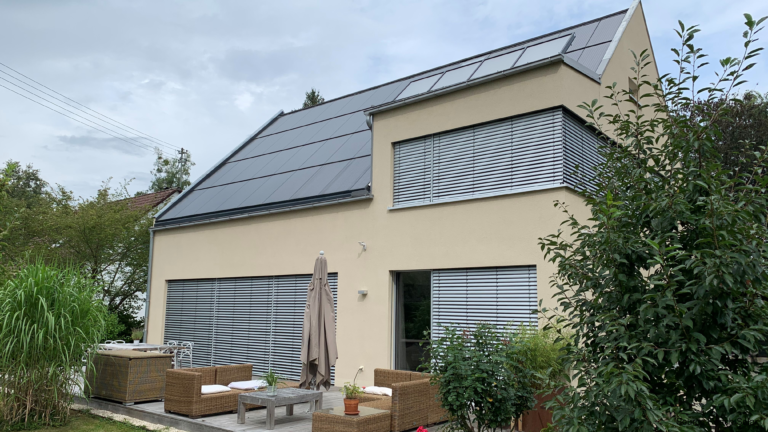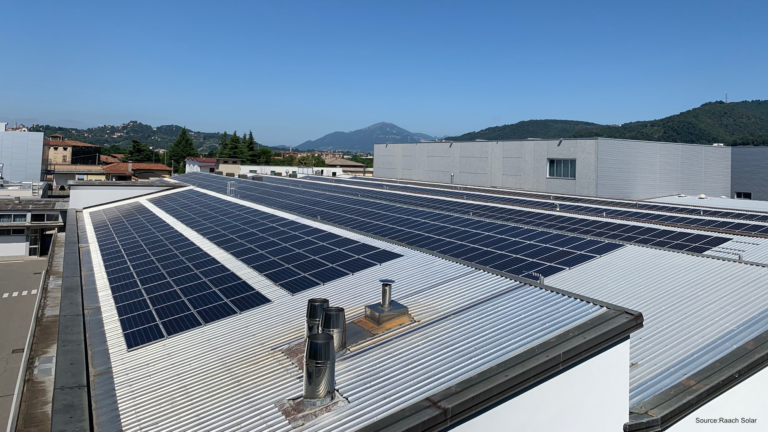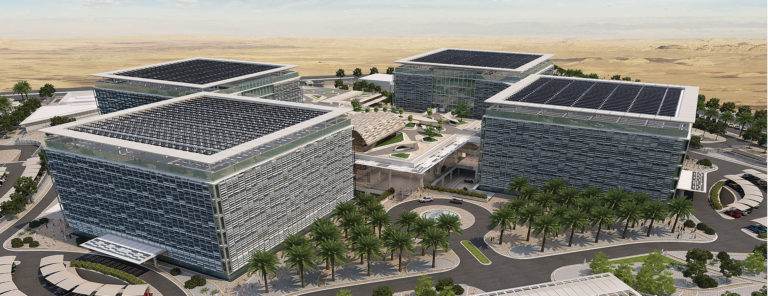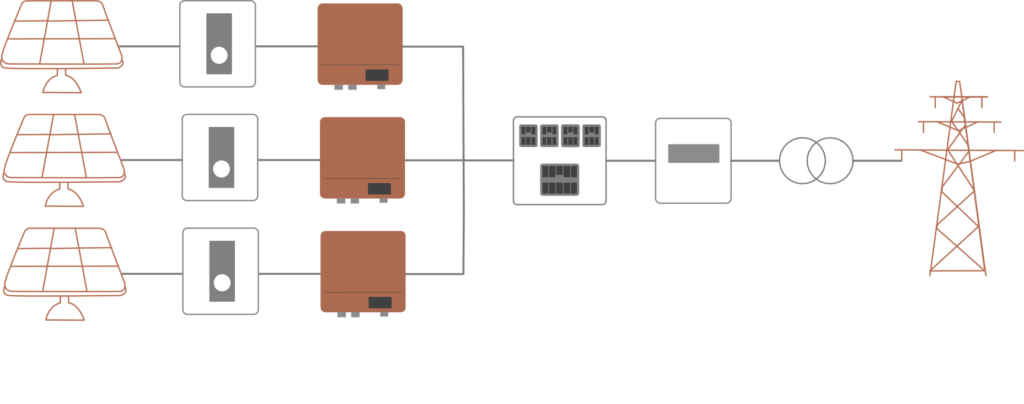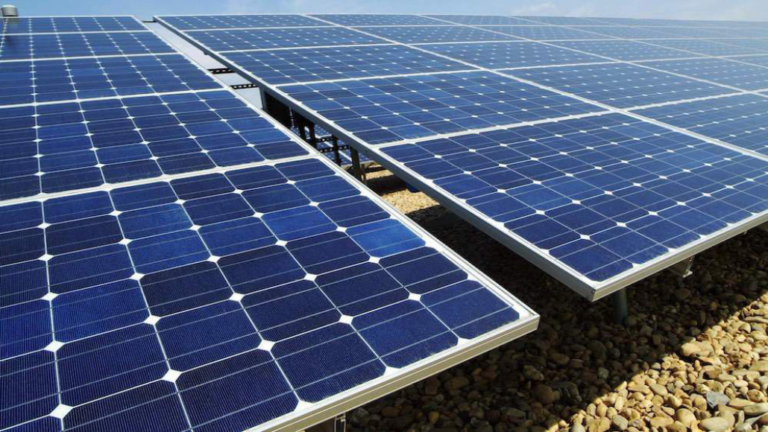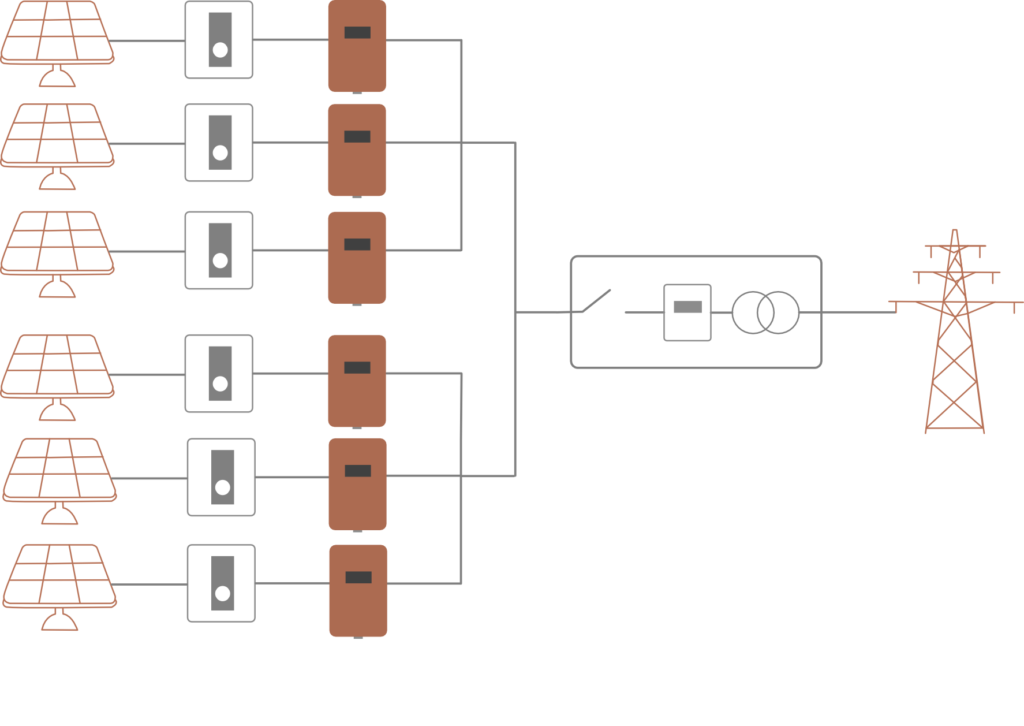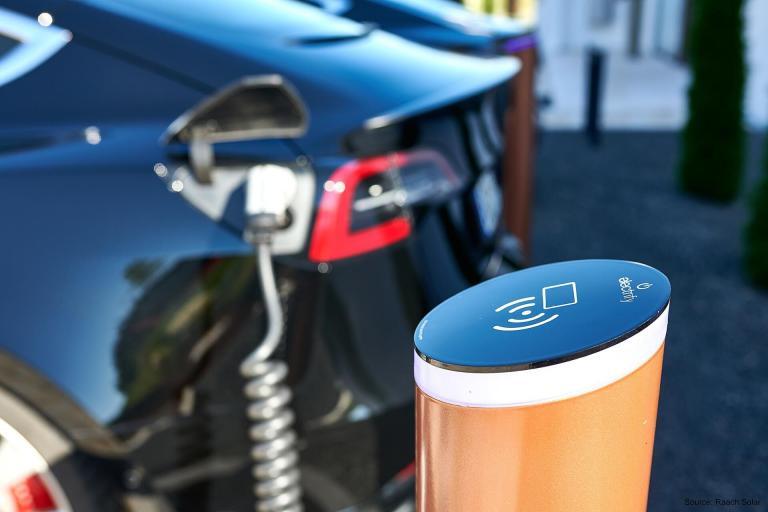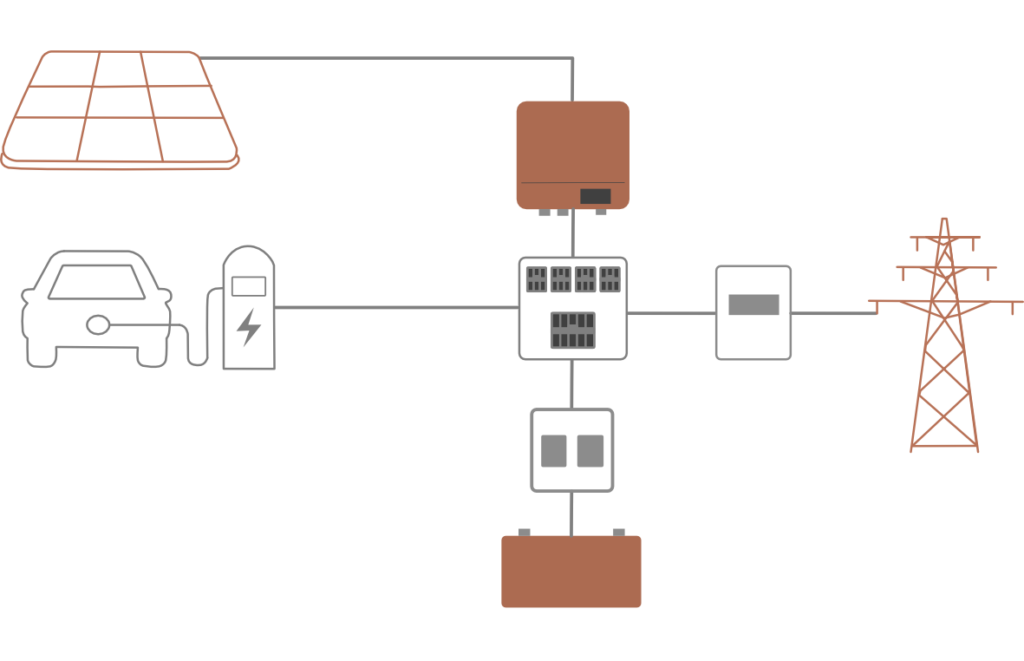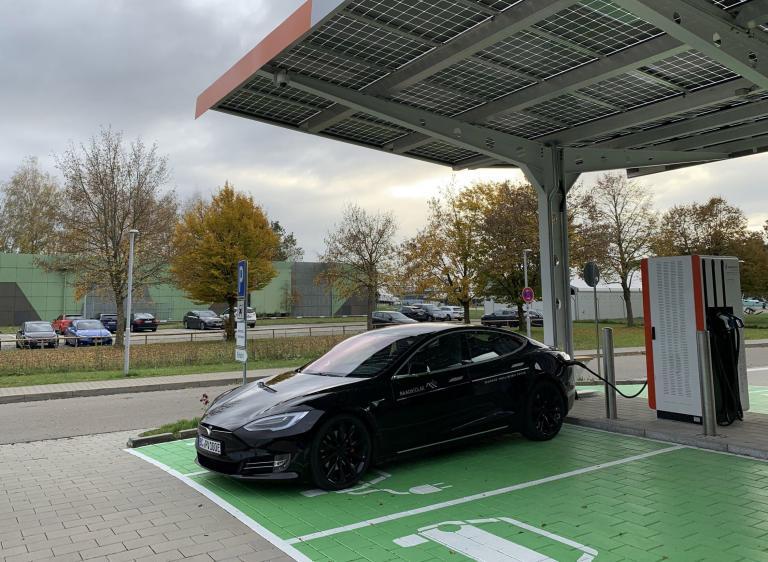Photovoltaic systems on-grid
Definition: Grid-connected photovoltaic systems are connected to the public electricity grid. Raach Solar implements systems of different sizes, from small systems with 1 kWp to industrial systems in the order of several megawatts.
Micro PV systems (1 kWp)
Tenants or owners of flats or houses who do not have enough space or budget can significantly reduce their electricity bills by installing small photovoltaic systems in the range of one to several solar module sizes, which feed the electricity directly into the household grid and thus reduce electricity consumption from the public grid. The special feature of these PV systems is the use of micro-inverters, which convert the solar direct current into single-phase alternating current. The micro inverters can be connected directly to a 230 VAC household socket.
Residential PV systems (10 kWp)
With the new amendment to the Renewable Energy Sources Act (EEG amendment) in 2021, the market area for residential photovoltaic systems was increased from a maximum of 10 kWp to 30 kWp with fewer bureaucratic regulations for grid connection. Most grid-connected PV systems are used for self-consumption to reduce electricity consumption from the grid during the day. The excess production of the PV system is fed into the grid. Around 50&npsb;% of all grid-connected residential systems in southern Germany are already supplied in combination with a battery storage system.
Commercial PV systems (100 kp)
Larger roof areas of commercial and public buildings such as supermarkets, offices, hospitals, town halls, schools, courtyard buildings, etc. are covered by several solar systems with different orientations. The inverters are combined in an AC distribution box with direct grid connection and current measurement by current transformers in order to feed the solar power into a three-phase low-voltage grid (3 x 400 VAC). As feed-in tariffs remain low, the greatest economic impact of solar power generation is the reduction in electricity bills through self-consumption. The savings on the electricity bill pay back the investment costs after just a few years.
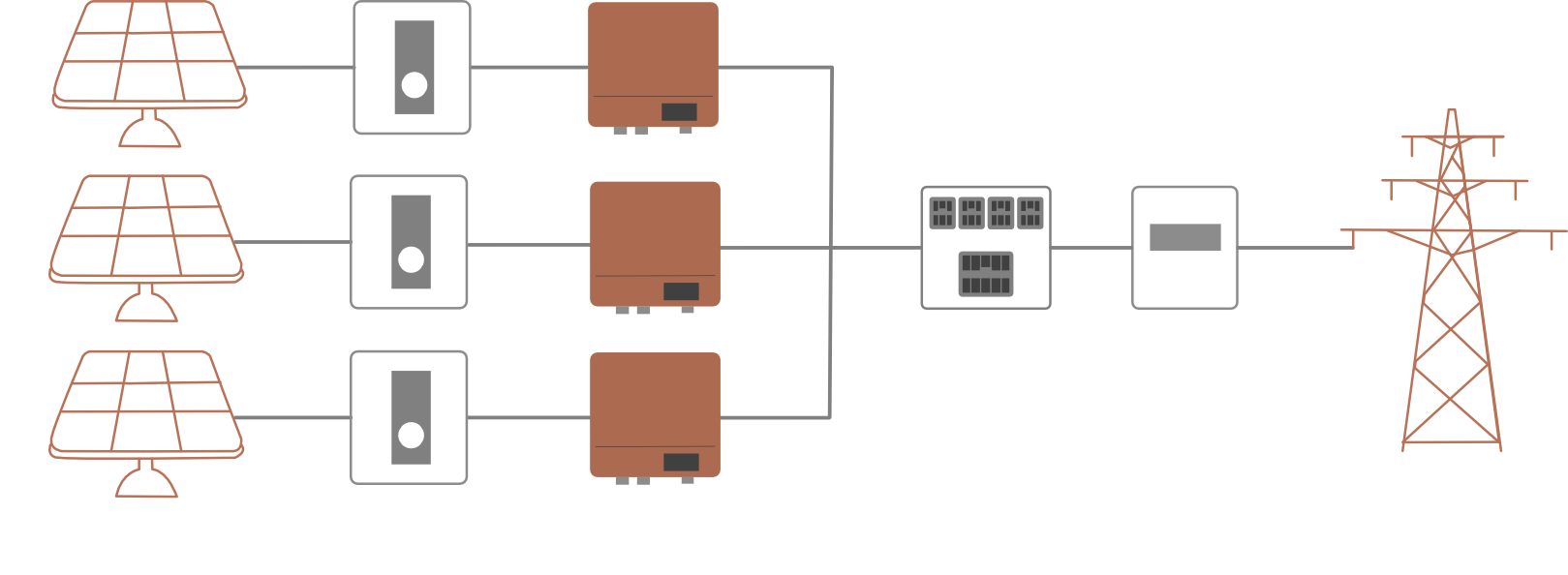
Industrial PV systems (1 MWp)
Buildings of industries, production sites, harbours, logistics warehouses, etc. offer large areas to achieve several hundred kWp up to several MWp of photovoltaics and offer large electricity consumer customers close to the installation site. The low cost of photovoltaic generation and zero greenhouse gas emissions fit perfectly with carbon-free production of goods. In combination with battery storage systems, solar energy reduces peak demand on electrical loads and thus the payment of penalties to the electricity supplier.
Photovoltaic power plants (10 MWp)
For large-scale photovoltaic power plants, the required roof area is too small to cover a 10 MWp solar system, for example, which requires around 40,000 m² to 50,000 m². Photovoltaic power plants are built on open areas with two main design options: a) a setup with medium-sized inverters up to 200 kW or b) centralised inverters from 2 MW to 5 MW. The power plants feed the electricity into a medium-voltage grid via a transformer in a typical grid of 11 kV to 33 kV.
Charging stations for electric vehicles
The combination of a photovoltaic system with a charging station for electric cars enables the car battery to be charged with renewable electricity, which reduces CO2-footprint of electric cars is improved. RAACH SOLAR offers charging stations ranging from three-phase 11 kW wall boxes to three-phase or direct DC 300 kW chargers. Intelligent energy management maximises the use of solar power.
Building integrated photovoltaics
The most elegant use of solar energy is the integration of solar modules into roofs and façades. Solar modules become part of the building envelope. Double or triple glazed photovoltaic modules insulate the building against heat and cold at the same time. The use of coloured solar cells and glass rounds off the perfect design of the building.
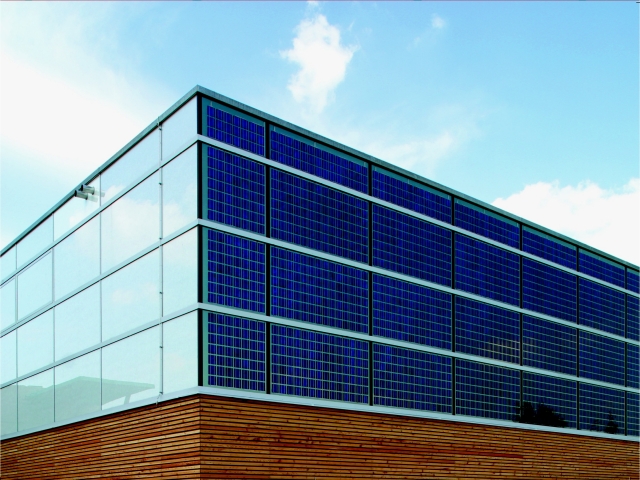
Solar carports
RAACH SOLAR offers carports for individual parking spaces or large car parks and supermarket car parks. The increasing use of electric cars offers an additional advantage of solar carports, which can be used to charge the batteries of electric cars directly while they are parked. Special glass-glass designs for solar modules ensure a perfect look for your carport.
